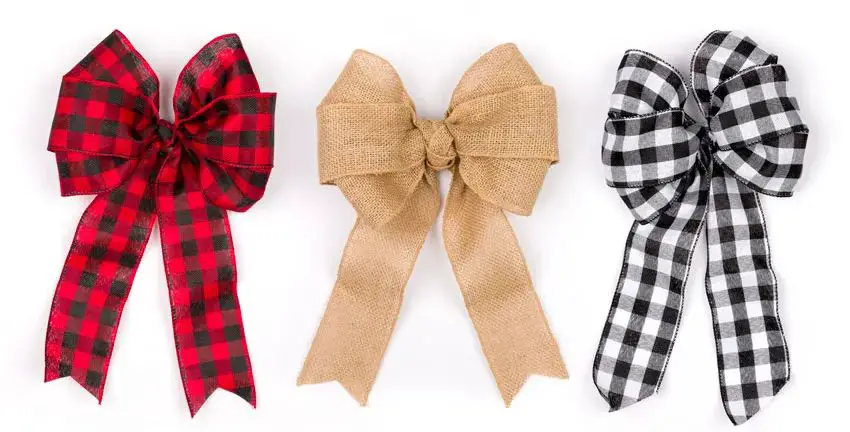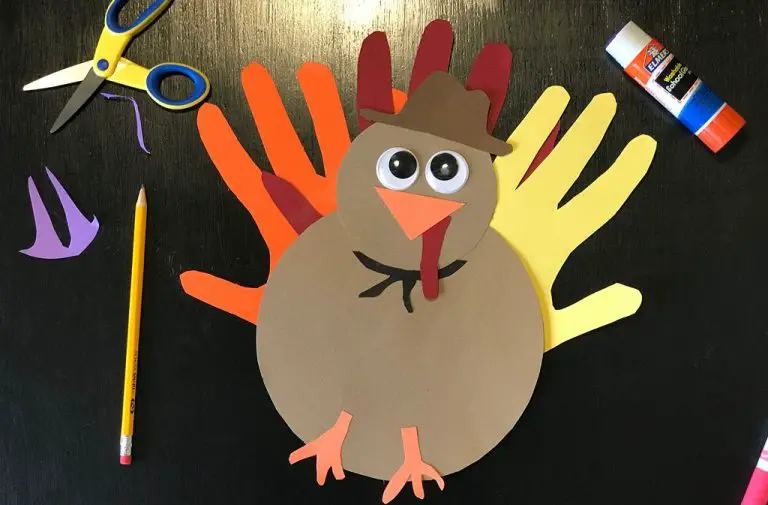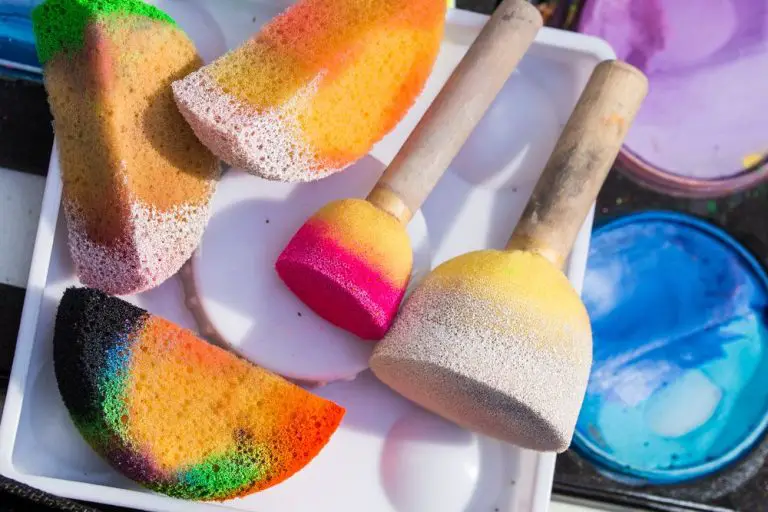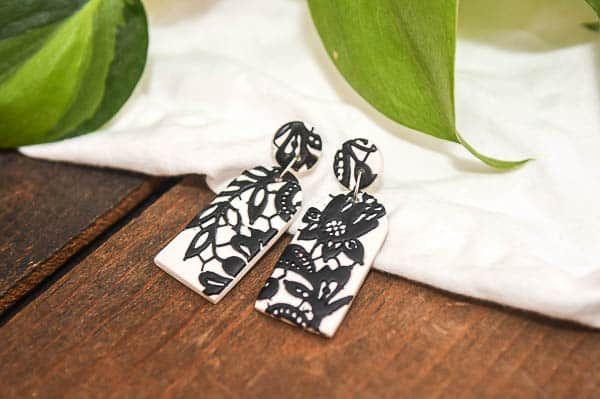How Do You Make Ribbon With Wired Ribbon?
Wired ribbon is ribbon that has a thin wire running through the edges to help the ribbon keep its shape. The wire allows the ribbon to be bent, twisted, and shaped into decorative bows, flowers, and other accents. Using wired ribbon makes it easier to create full, dimensional bows that hold their form compared to regular ribbon. There are several techniques for crafting bows and other decorations with wired ribbon, which we will cover in this article.
The key benefits of working with wired ribbon include:
- Ability to twist, bend, and shape the ribbon into decorative bows, flowers, etc.
- Bow shapes hold their form well without sagging
- Can create full, dimensional bows
- Ribbon stays in place once arranged
With some creativity and practice, wired ribbon allows you to make beautiful bows and accents to decorate gifts, wreaths, floral arrangements, clothing, and more. This guide will walk through the entire process step-by-step.
Selecting Ribbon Material
When making a wired ribbon bow, it’s important to select a high quality, durable ribbon material. Ribbons made from fabrics like silk, satin, and grosgrain are recommended because they will hold their shape well. The fabric should also be tightly woven to prevent fraying or becoming distorted when wired and tied.
Consider the width of ribbon based on your project. Wider ribbons from 3-10 inches are best for floral arrangements, wreaths, and gift packaging. Narrower ribbons around 1/2 – 2 inches wide can be used for embellishing clothing, hair accessories, crafts, and more delicate projects. Match the scale of the ribbon to the size of your project.
Choosing Wired Ribbon
When making ribbon with wire, you have two main options for the wire component: florist wire or pipe cleaners.
Florist wire, also called petal wire, comes in a range of thicknesses known as gauges, usually from 16 gauge to 28 gauge. Thinner wires like 24 gauge and 28 gauge are good for delicate ribbons and bows. Thicker wires like 18 gauge and 20 gauge provide more support for fuller bows and ribbons. Florist wire has a smooth finish and bends easily into shapes.
Pipe cleaners are an easy to find alternative for wiring ribbon. The fuzzy exterior provides more friction which helps grip the ribbon. Pipe cleaners are available in a range of sizes too. The downside is they are less malleable than florist wire and cannot hold intricate shapes as easily. The texture of pipe cleaners also shows through lighter or shiny ribbons.1
In summary, florist wire allows more versatility and intricate bows but pipe cleaners offer an accessible option. Consider the ribbon material and complexity of the bow shape when deciding between the two.
Cutting the Ribbon
When working with wired ribbon, it’s important to cut the ribbon to the proper length before beginning to shape your bow. The exact length will depend on the size and style of bow you want to create, but you will generally want to allow extra length to account for the wired portion in the middle as well as the ribbon tails.
As a general guideline, for a standard bow made with 1 to 2-inch wide ribbon, plan to cut approximately 1 yard of ribbon. For a fuller, more dramatic bow, you may want to cut 1 1⁄4 to 1 1⁄2 yards. If using thinner ribbon, you can get away with a slightly shorter length such as 3⁄4 yard.
When determining the length to cut, make sure to add 6-10 inches on each side for the tails. The wired portion in the middle will take up about 6 inches as well. So for a 1-yard length, you would cut the ribbon to about 52 inches (1 yard + 10 inches per tail + 6 inches for wired center). This will give you plenty of ribbon to work with to create your bow.
Cutting the ribbon to the appropriate length before you begin shaping it will make the process easier and give you the versatility to fluff the bow and adjust the tails to your liking. Take the time to measure and cut carefully, and your wired ribbon bow will come out beautifully.
Attaching the Wire
Attaching the wire to the ribbon is a key step in crafting a wired ribbon bow. Start by ensuring you have selected an appropriate wire – generally a thin, bendable wire like florist wire works best. Cut a length of wire approximately equal to the length of ribbon you plan to use for your bow.
Before attaching the wire, make sure to center it along the length of ribbon. Fold the ribbon in half widthwise to find the midpoint. Place the wire at this midpoint, aligning the ends of the wire with the ends of the ribbon. This will help keep the bow symmetrical and evenly shaped.
There are two main options for securing the wire to the ribbon – using fabric or hot glue. Apply a line of glue along the midpoint of the ribbon’s wrong side. Quickly place the wire on the glue and press firmly to adhere. Allow the glue several minutes to fully cure before manipulating the ribbon further. The glue should hold the wire very securely.
Take care when attaching the wire to avoid using too much glue, which could soak through delicate ribbons. Work on a protected surface and carefully handle the ribbon until the glue sets. Attaching the wire properly is crucial for making a beautiful wired ribbon bow.
Shaping the Ribbon
Once the wire is attached to the ribbon, you can begin shaping it into beautiful folds, loops, and curls. There are many techniques for adding fullness, dimension, and volume to wired ribbon. The most common shaping methods include:
-
Accordion folds – Fold the ribbon back and forth into tight pleats, like the bellows of an accordion. This creates a rippled, gathered effect.
-
Loops – Twist the ribbon into loose or tight coils. Pinch the loops together at the base for a fuller look.
-
Curls – Wrap the ribbon around your fingers, a pencil, or a ribbon wand to create spiral curls. The tighter you wrap, the more defined the curls will be.
-
Gathers – Use your fingers or a pair of pliers to gently pinch and gather small sections of the ribbon. Release the gathers for soft puffs.
-
Tails – Leave extra lengths of ribbon untrimmed for long tails that flow gracefully.

Play around with different combinations of folds, loops, curls, and gathers to create the full, voluminous ribbon shapes you desire. The wire inside the ribbon allows you to bend, twist, and manipulate it into virtually any form imaginable!
Arranging the Bow
When arranging a wired ribbon bow, it’s important to pay attention to the position of the tails, loops and focal points to achieve a balanced, proportional look. Start by spreading out the ribbon loops and tails on your work surface. The key is to create visual interest by varying the sizes and shapes of the loops. Generally you’ll want 1-3 larger loops in the center as focal points, with smaller loops layered on the sides. Play around with the ribbon by twisting, curling, scrunching or fanning out the loops until you have interesting shapes and textures.
Position the tails so they frame the loops in a symmetrical way. The tails provide balance, so aim for an even amount on both sides. Place the focal point loops slightly higher in the center, tapering down to smaller loops at the edges. Step back periodically to ensure the bow looks balanced from all angles. Proportion is also key – a small loop paired with a long tail can throw things off. Trim tails or loops as needed until you achieve the right sense of proportion. Keep adjusting until you have an arrangement with visual appeal, rhythm and symmetry.
Securing the Bow
Once you’ve arranged the ribbon how you want it, you’ll need to secure the bow so it maintains its shape. There are a few common methods for securing wired ribbon bows:
Floral stem wrap or floral tape are popular choices. Simply wrap the stem wrap or floral tape around the base of the bow covering the wire to hold everything in place. The tape comes in various colors, so you can choose one that matches or complements your ribbon. According to WikiHow, stretch the tape as you wrap it for best results [1].
You can also use thin wire to tightly wrap around the base of the bow. This will bind the ribbon and help set the shape. Make sure to wrap the wire neatly so no sharp edges are exposed [2].
For the best looking bow, you’ll want to hide the mechanics like the wire, tape or stem wrap. Arrange the loops of ribbon to cover the base entirely. Or, leave a long tail of ribbon to wrap around the base and tie off. This creates a polished, seamless look.
Attaching the Bow
After you shape and arrange your wired ribbon into the perfect bow, it’s time to attach it to your gift, decoration, clothing item, or whatever you’re using it to embellish. There are a few options for securing your wired ribbon bow in place:
- Wire – Use more wire to wrap around the middle of the bow to attach it. This works well if you’re attaching it to something sturdy that can hold the wire securely.
- Hot glue – Hot glue guns provide a quick and easy way to glue your bow in place. Apply a generous amount of hot glue on the back of the bow before pressing it onto the surface you’re decorating.
- Pins – Pinning the bow is great for clothing items and delicate materials. Insert pins horizontally through the middle of the bow and into the fabric or material underneath.
- Ties – For wreaths, hanging decor, headbands, and other tied items, you can attach your bow by tying it securely in place with decorative ribbon, string, or another soft tie.
When attaching your wired ribbon bow, consider placement carefully. You’ll want to attach the bow wherever it looks most attractive with your decoration or clothing item. Placement in the center often works well, but slightly off-center can also look nice. Think about balance and visual appeal as you secure the bow in the perfect spot.
Caring for Wired Ribbon Bows
Because wired ribbon bows contain metal wires, they require some special care and handling to maintain their beauty. Here are some tips for caring for your wired ribbon bows:
Gentle handling is key. Try to avoid excessive bending or twisting of the bow, as this can cause the wire to break or the ribbon to tear. When storing the bow, lay it flat or hang it to avoid crimping the wired edges.
For spot cleaning, use a soft brush or cloth to lightly dust the ribbon. If more cleaning is needed, use a gentle fabric cleaner applied sparingly with a damp cloth. Avoid submerging the bow in water, as this can cause the ribbon and wires to deteriorate. Allow the bow to fully dry before handling or storing.
With careful handling and storage, your wired ribbon bows can maintain their shape and last for many seasons. Spot clean gently as needed to keep the ribbon looking its best.
Source: https://kippiathome.com/how-to-make-a-bow-the-easy-way/





